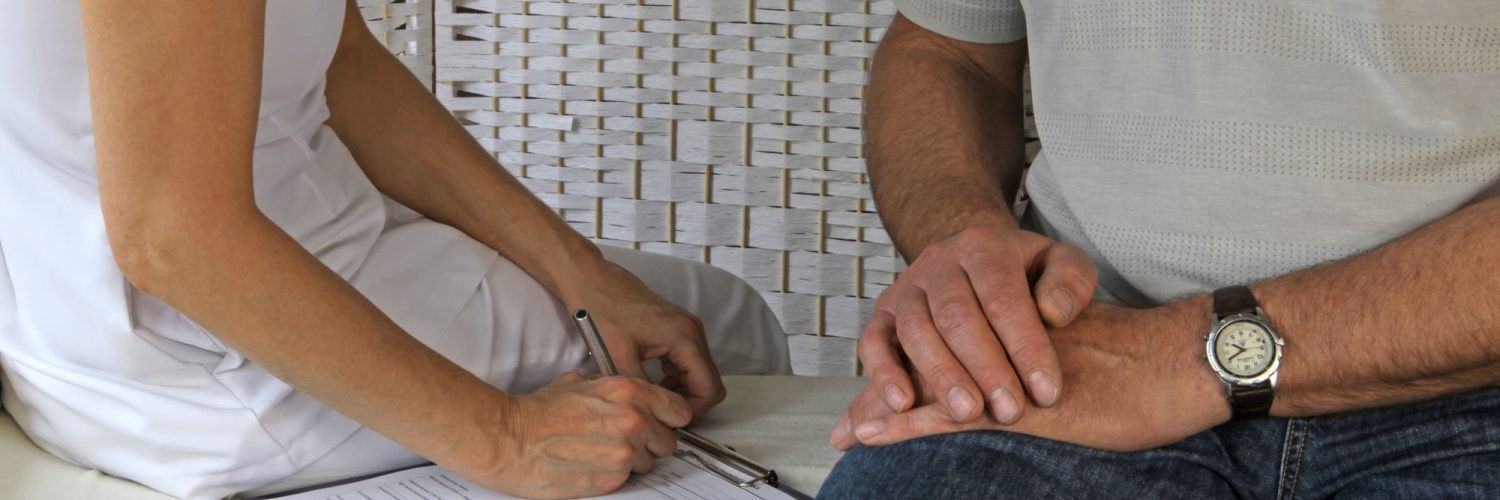According to the Healthcare Cost and Utilization Project’s Statistical Brief #139, kidney stones send roughly 1.3 million people to the emergency room annually, which equates to more than 3,600 visits per day. So, what process can a patient expect to go through to determine whether a stone is the cause of the pain?
The National Institute of Diabetes and Digestive and Kidney Diseases reported that the first step the medical professionals are going to take is to ask about your health history. They want to know whether there’s a family history of stones and whether you have any other medical conditions that may contribute to stone development. You’ll also likely be asked about your diet, because it can have a huge impact on whether kidney stones form or not.
The next step you can expect is a physical exam while the medical staff asks about the symptoms that brought you in for the visit. From there, additional testing will likely be ordered if it is believed that kidney stones may be present. Some of these tests are image-based while others provide answers via labs.

Image-based Options for Diagnosis
One of the image-based options is an abdominal X-ray, which is performed either with you standing up or lying down. After the X-rays are taken, a radiologist reads the films or images to see if a kidney stone is present. However, it’s important to know that not all stones will appear on an X-ray, so additional testing may be ordered to rule kidney stones out.
A second type of image-based kidney stone diagnosis test is a CT, or computed tomography scan. With a CT, you’re asked to lie on a table that slides into a tube, enabling the doctors to take images of your abdominal area. CTs can be performed with or without contrast, which is a substance that is injected into your body to help the doctor better see what is going on inside. Again, the goal is to identify whether a stone shows up and, if it does, how big it is, its location, and whether or not it’s blocking part of your urinary tract.
Determining Kidney Stone Type
If the doctor finds that there is a stone, the next step is to determine the type. One specific lab test used for this purpose is a urinalysis. This involves taking a urine sample and testing it to identify which minerals exist in the urine. It can reveal if you have a bacterial urinary tract infection, too, which may also be responsible for the pain.
Another type of lab test that can tell kidney stone type is your blood. Again, the goal is to figure out which minerals are present in high levels in your blood, which will tell the medical staff which stones you have.
If the stone is small and could potentially be passed on its own, the doctor may advise you to drink a lot of water, modify your diet, and just wait it out. However, if the stone is large or is blocking part of the urinary tract, medical intervention may be necessary to remove the stone.


